Solution: Applied Quantitative Methods Assignment - Statistics Focus
VerifiedAdded on 2021/06/18
|15
|786
|102
Homework Assignment
AI Summary
This document presents a comprehensive solution to an Applied Quantitative Methods (AQM) assignment, addressing various statistical concepts and techniques. The solution begins with descriptive statistics, including frequency distributions, histograms, and calculations of mean, median, and mode. It then delves into the analysis of sample data versus population data, calculating standard deviation and interquartile range. The assignment proceeds to explore regression models, determining regression equations and coefficients of determination to analyze relationships between variables. Probability concepts are examined through the analysis of independent events and the calculation of probabilities for various segments. Further, the solution covers binomial and Poisson distributions for calculating probabilities in specific scenarios. Finally, the assignment utilizes z-tests and the Central Limit Theorem to analyze data, including the proportion of samples and standard error, to determine the likelihood of events. This assignment provides a thorough understanding of statistical methods and their application in quantitative analysis.
1 out of 15
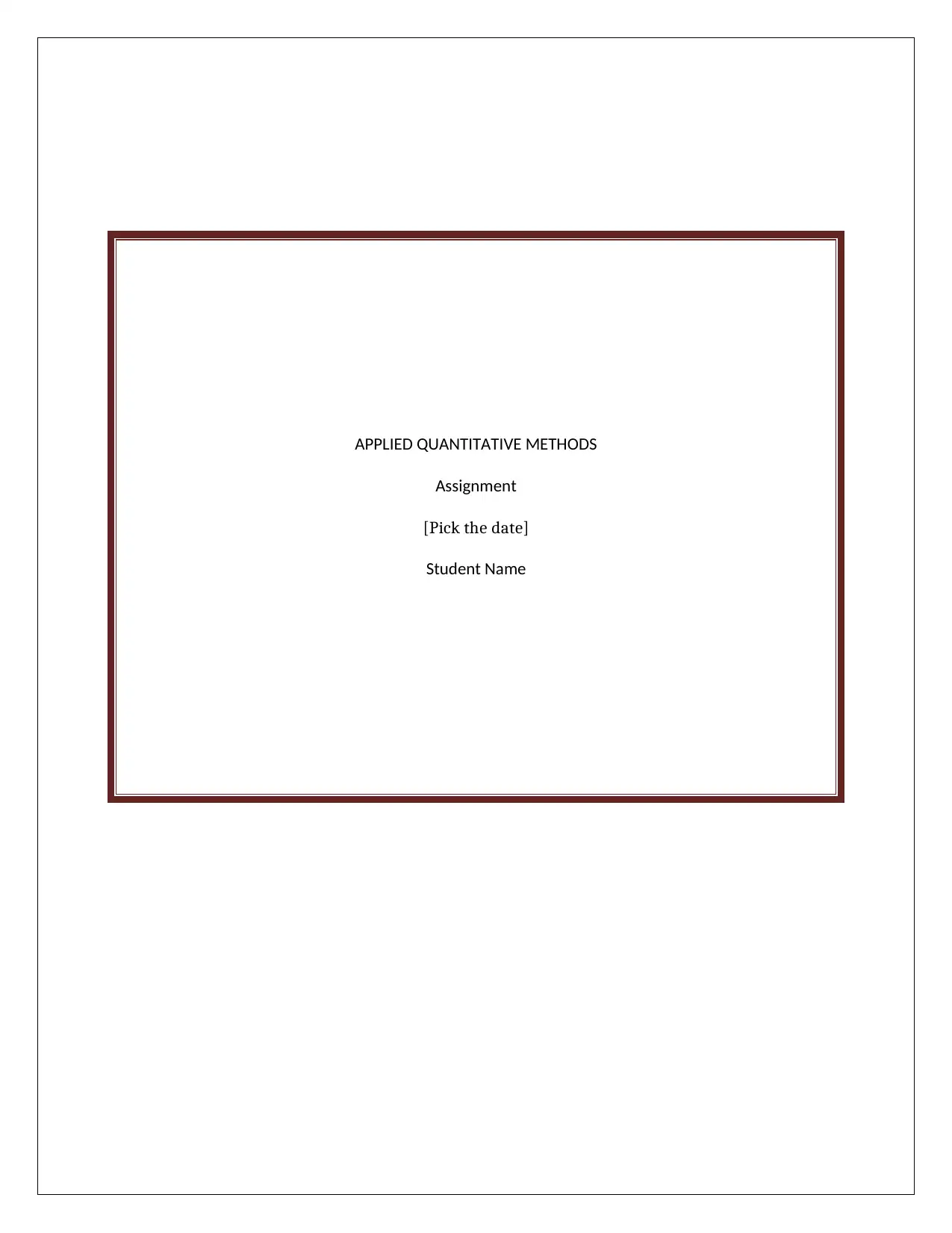
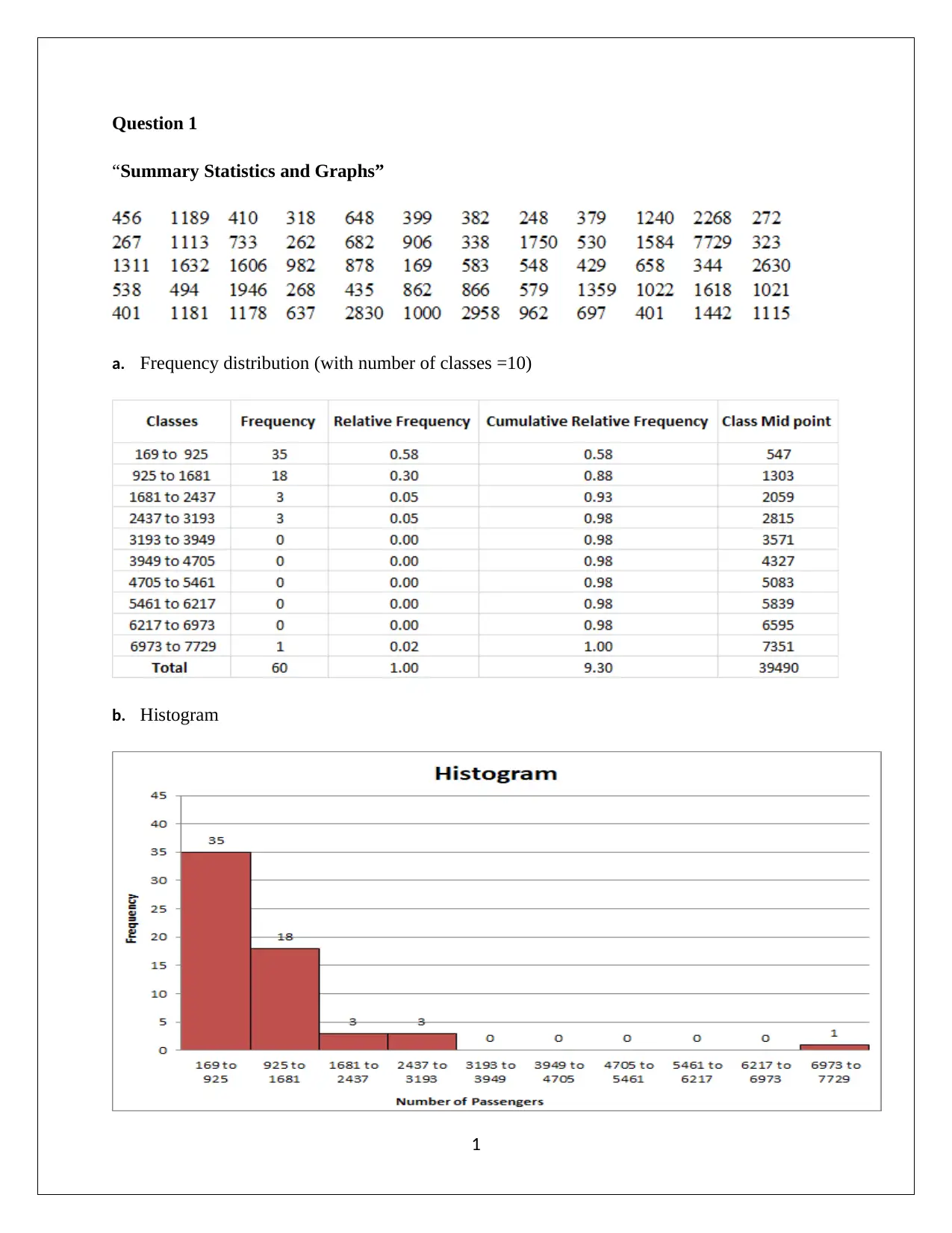
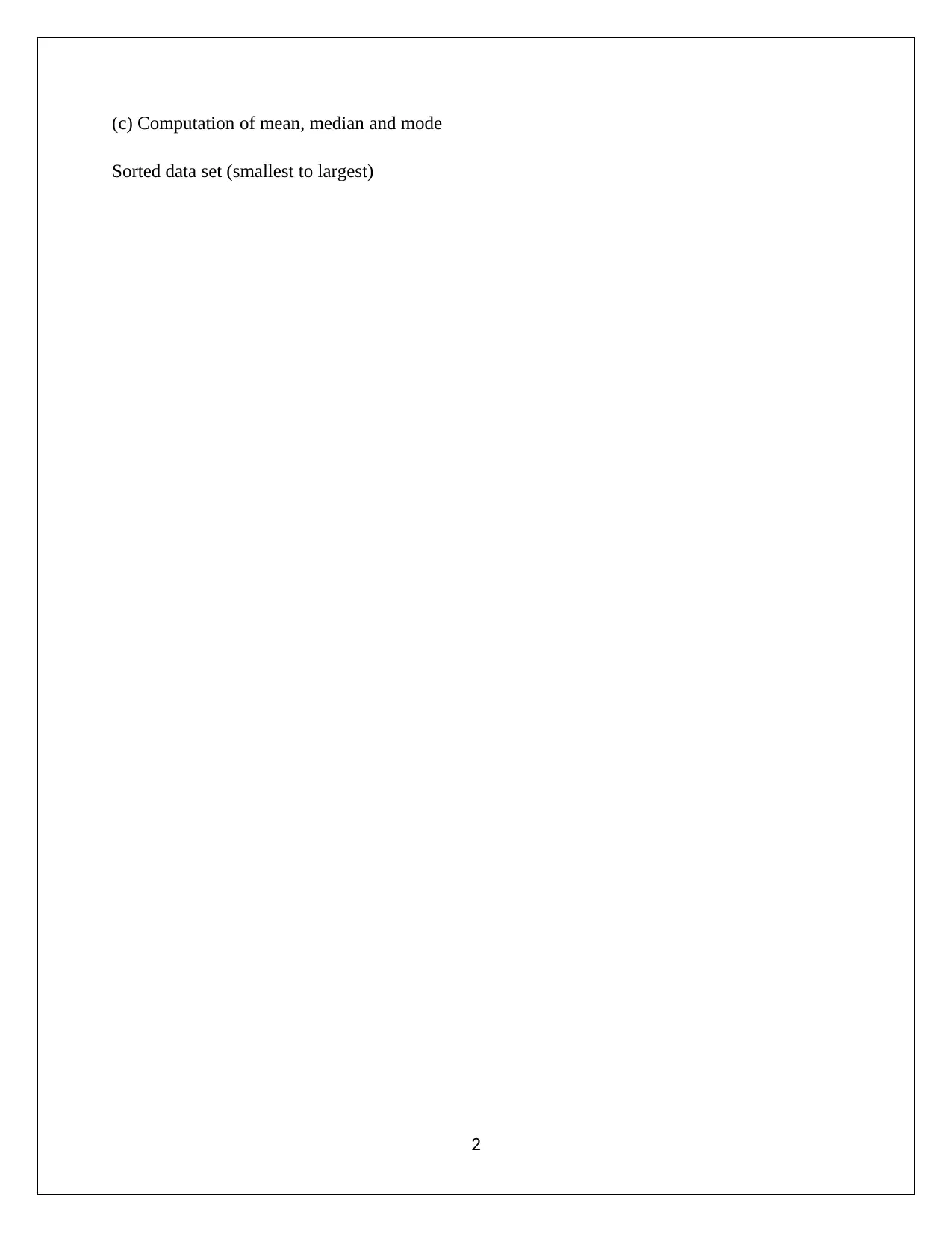

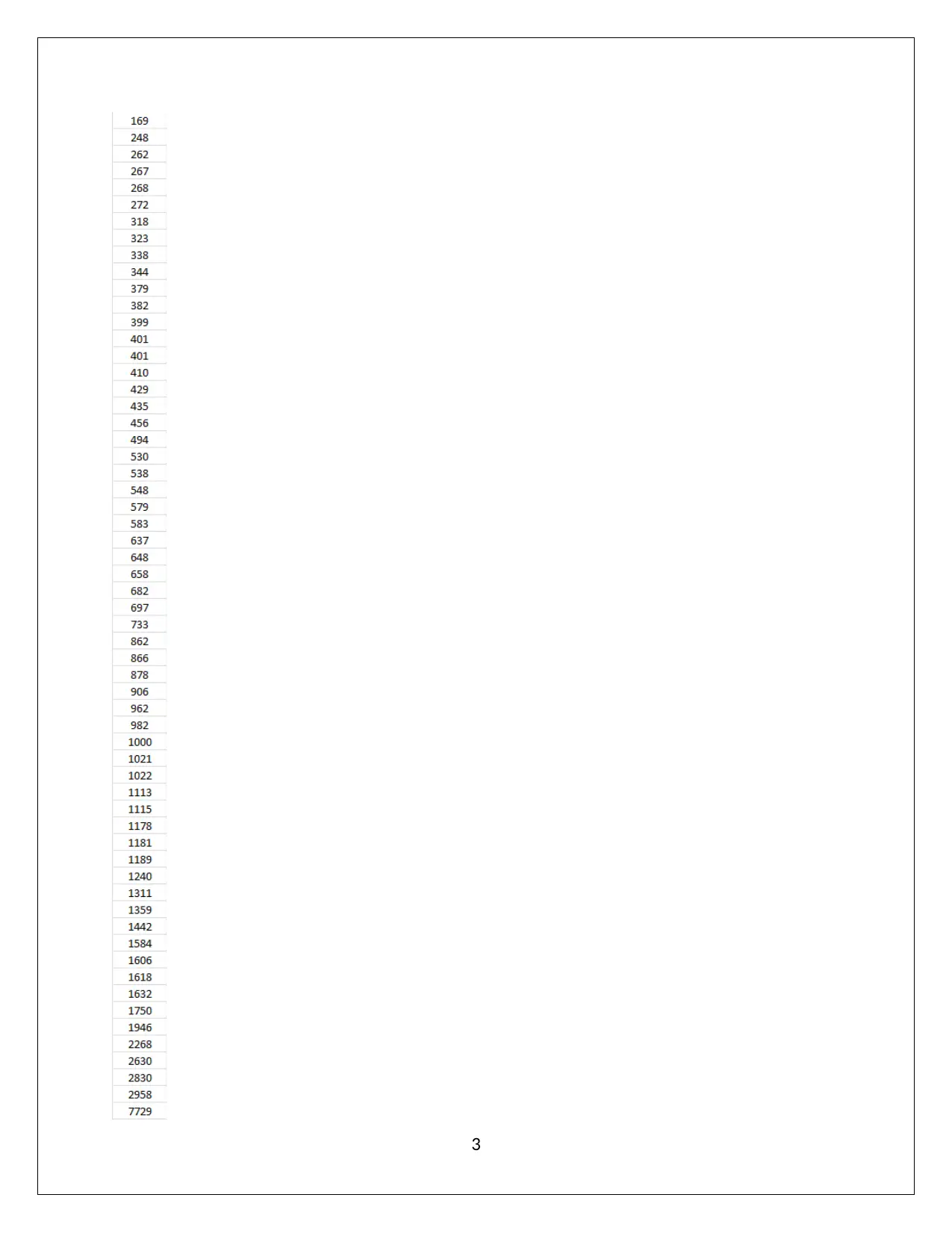
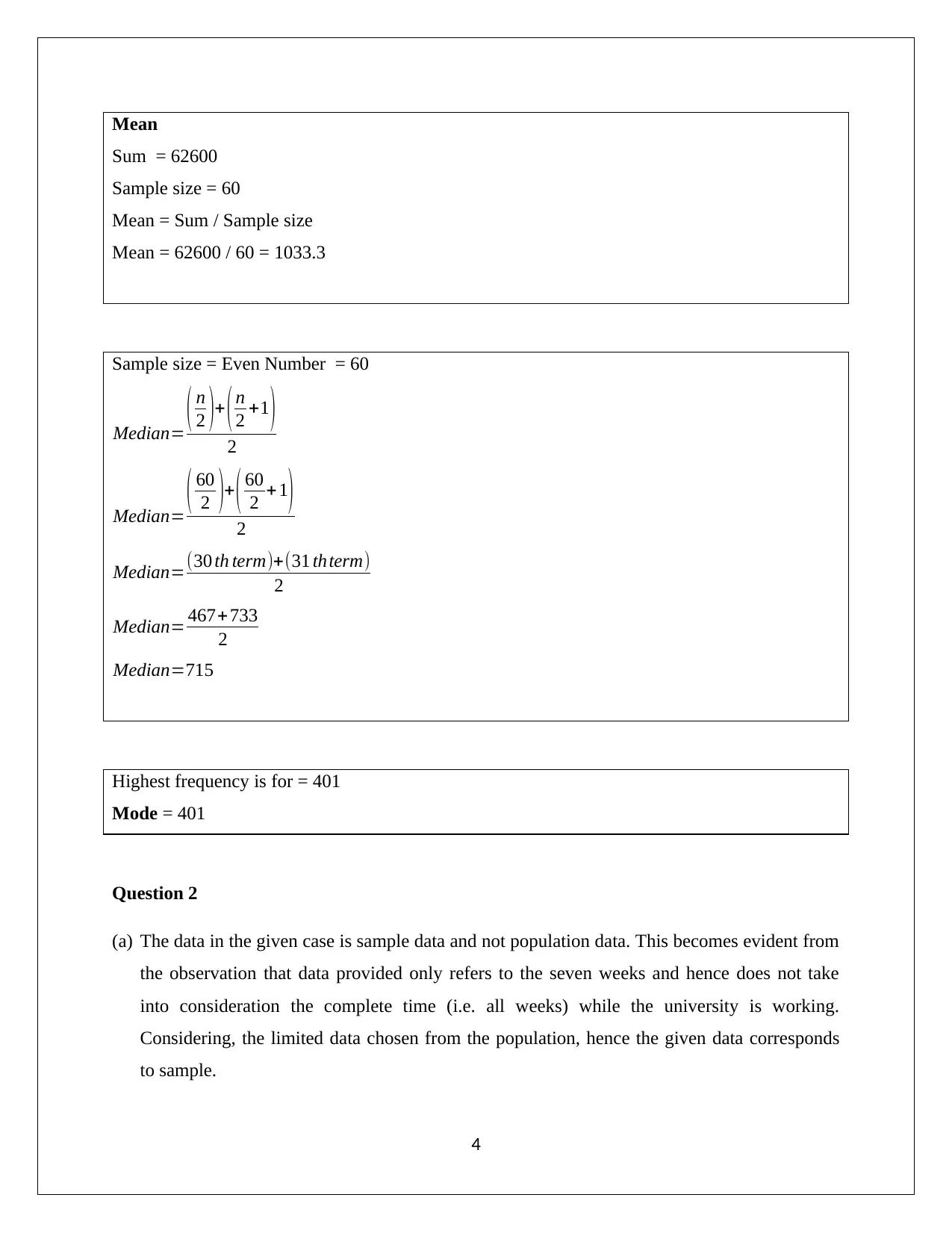
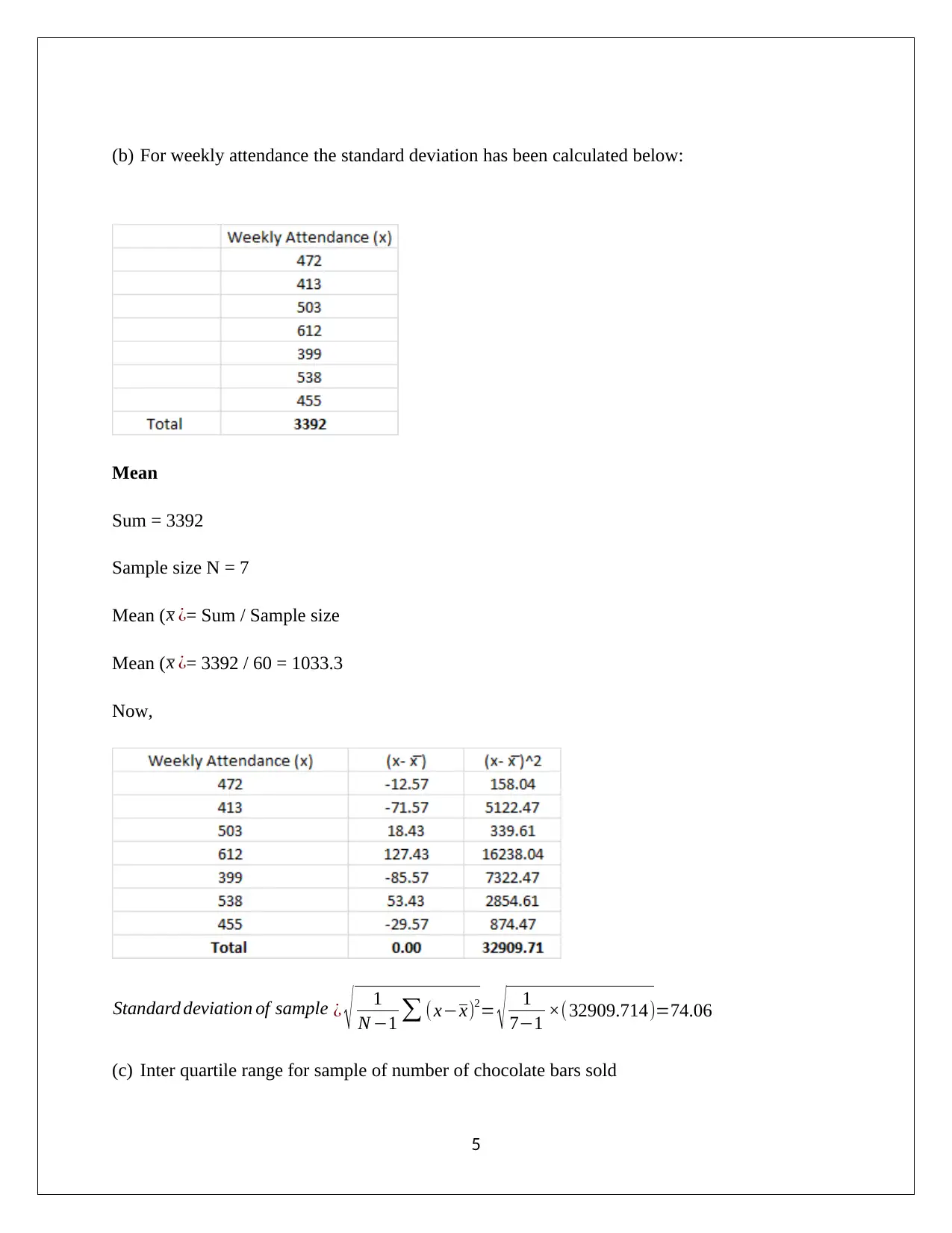

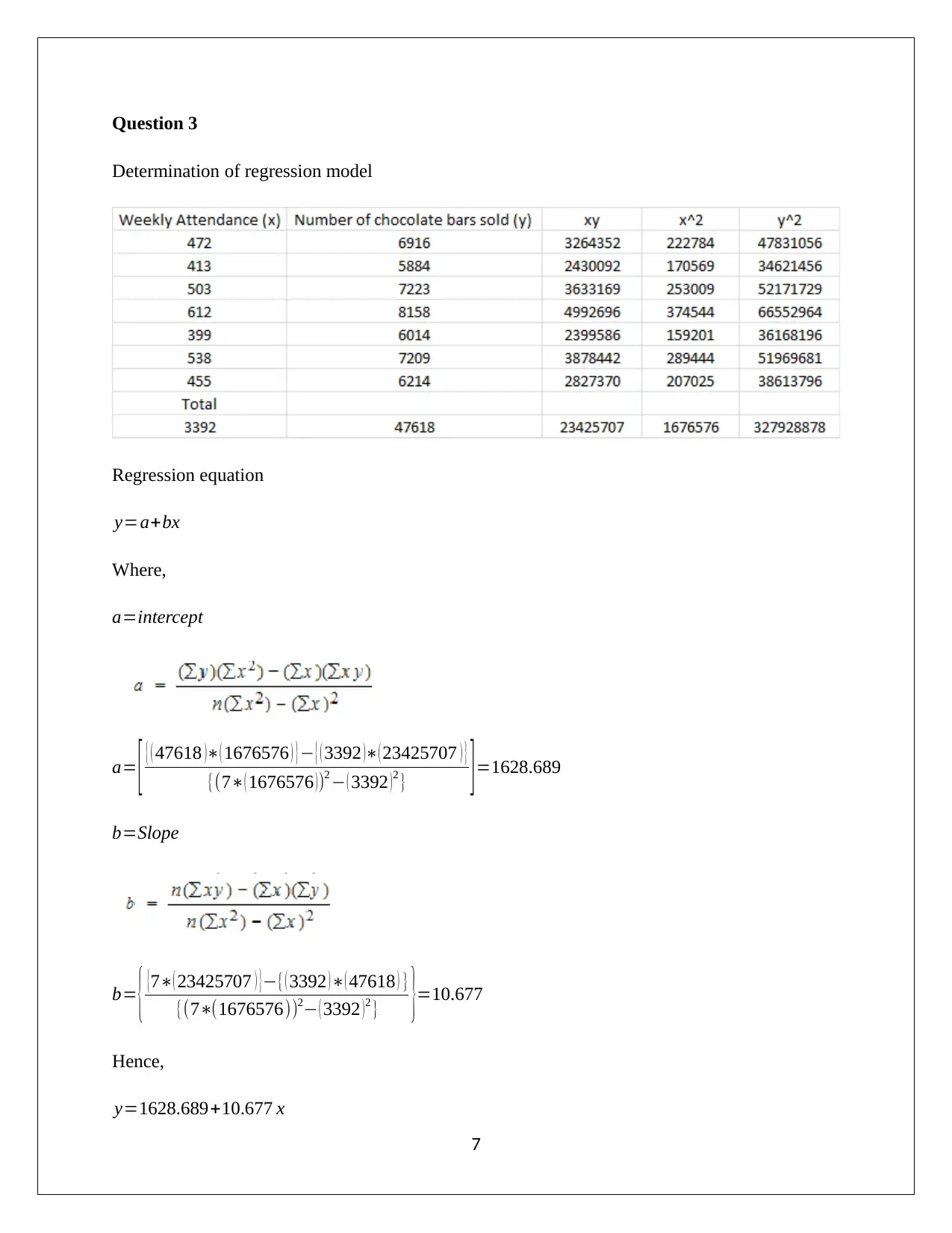
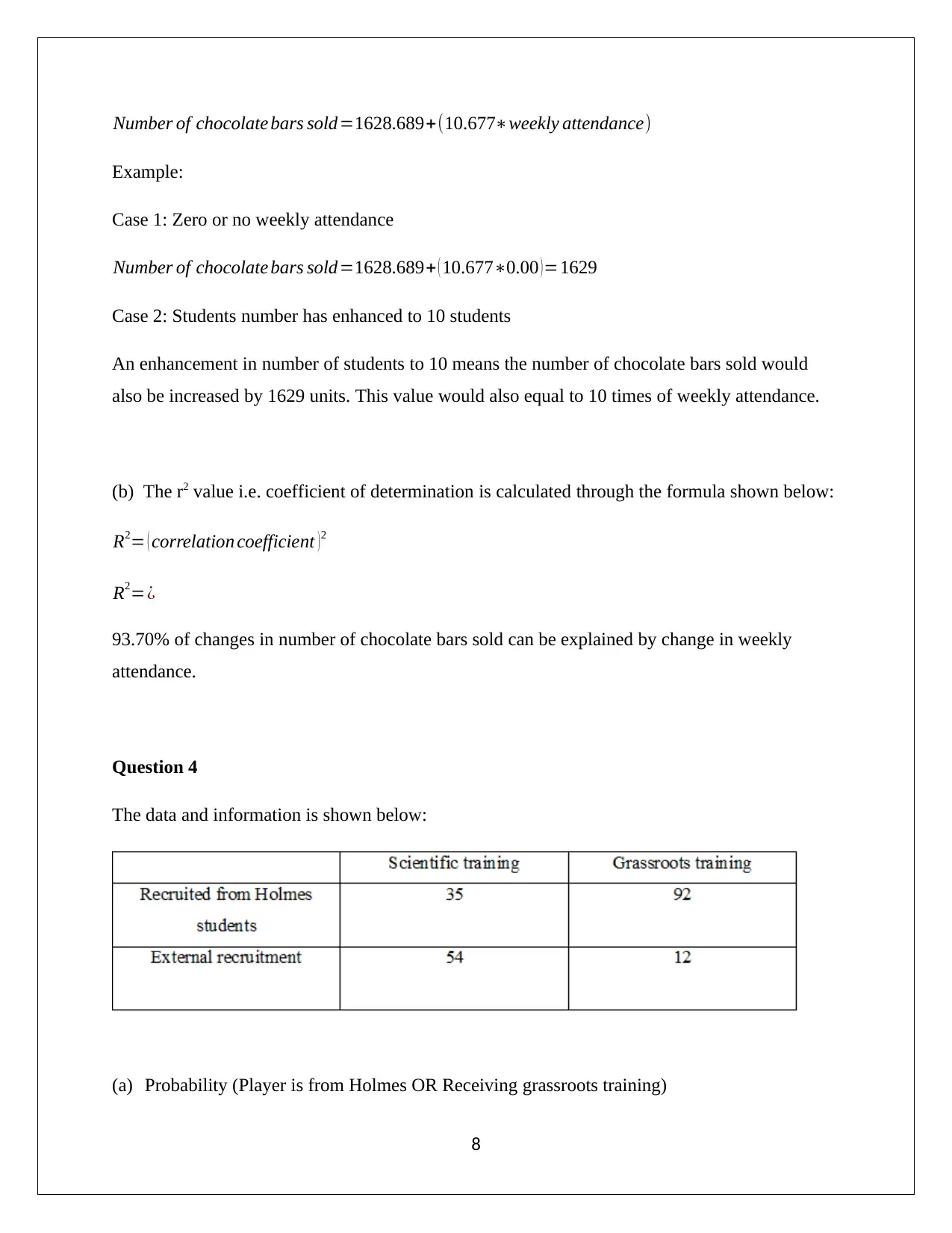
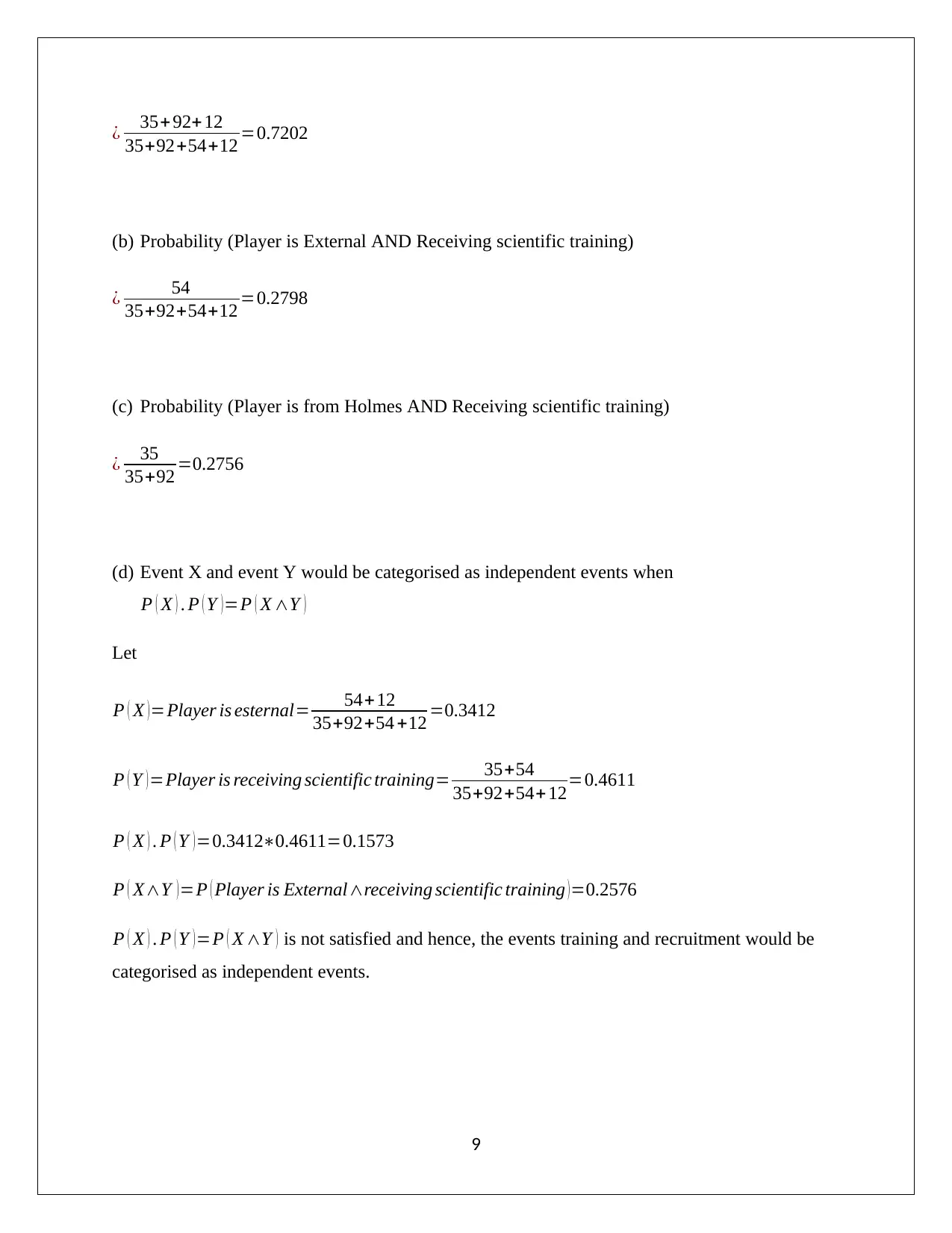
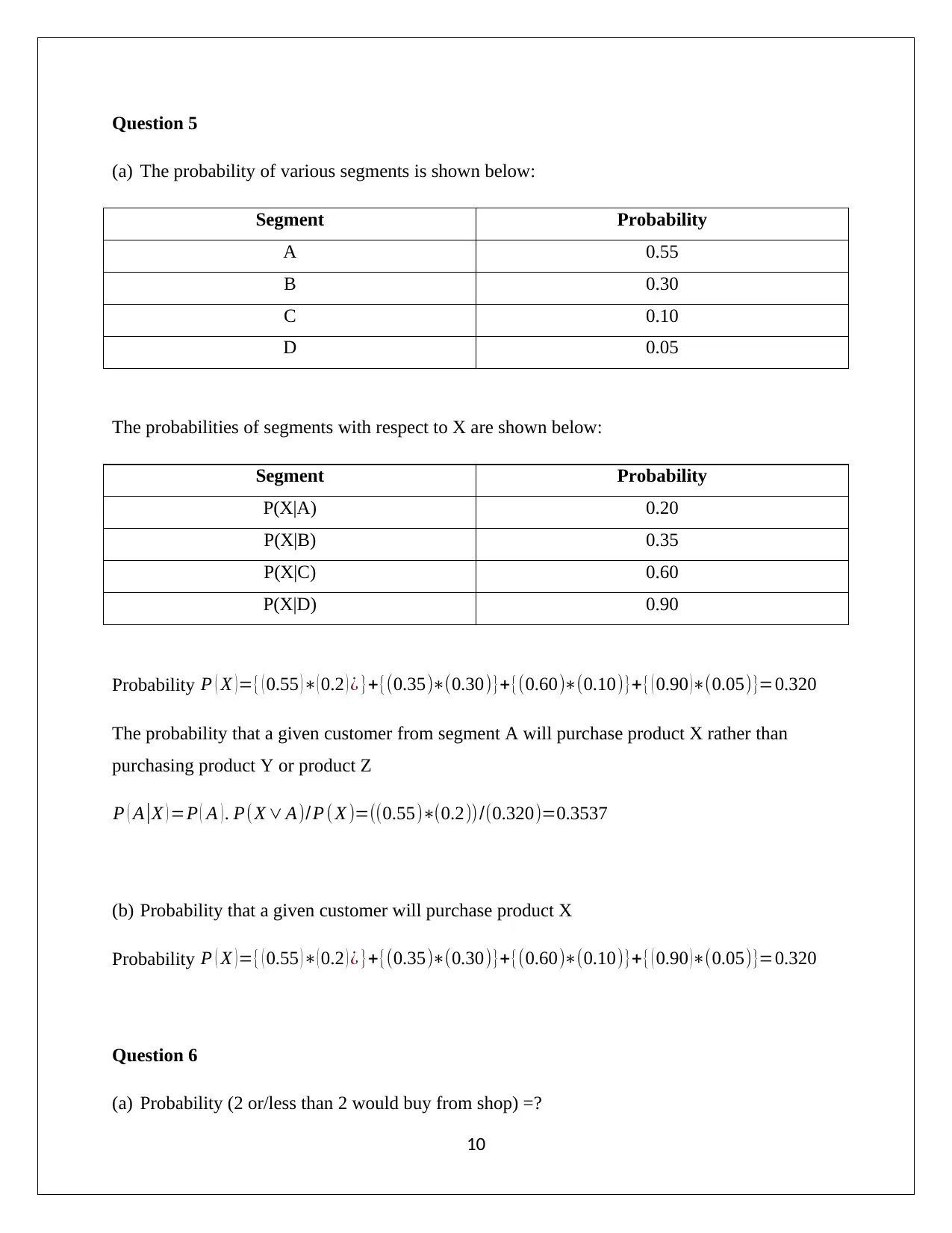
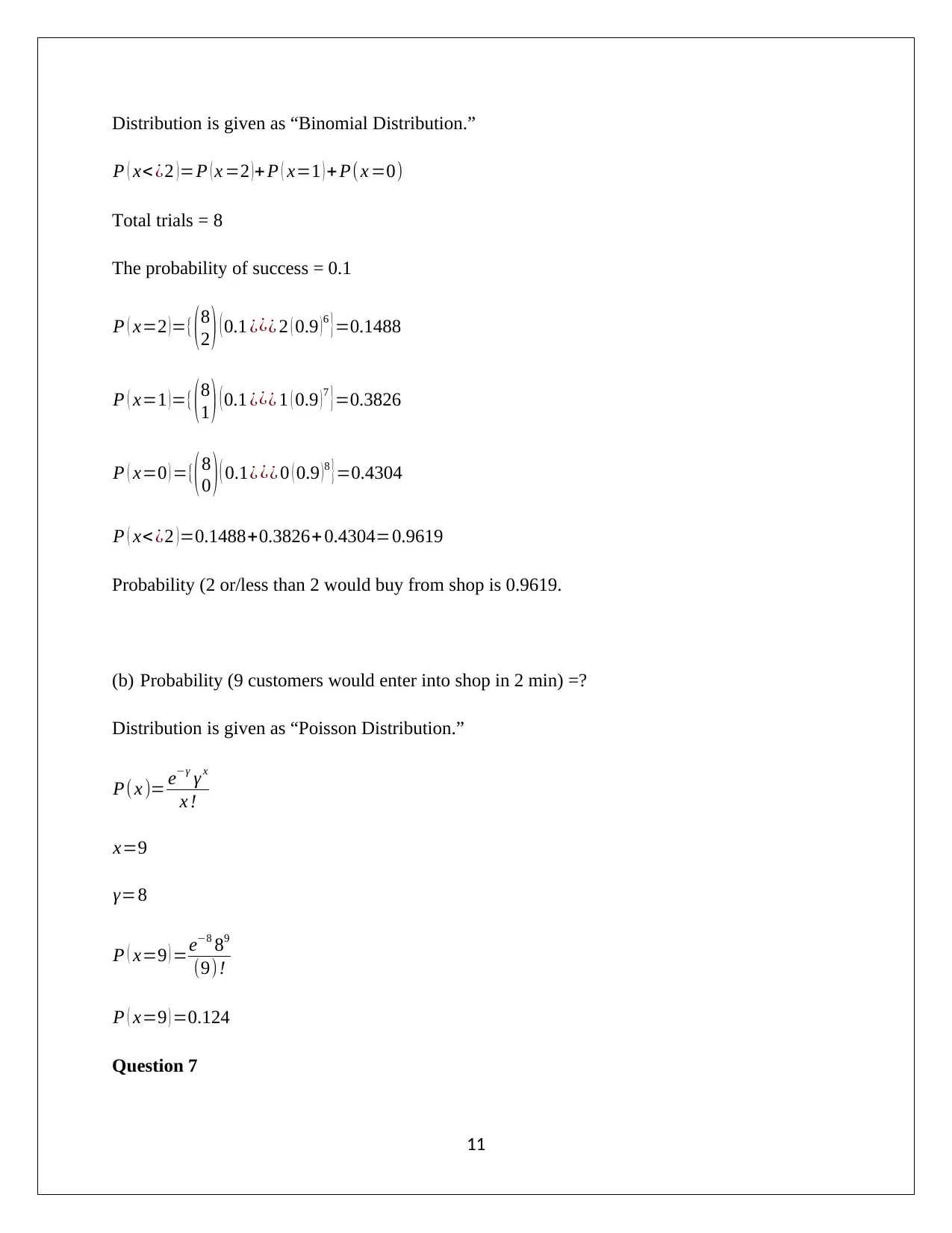
![HA1011 Applied Quantitative Methods Assignment Solution - [Date]](/_next/image/?url=https%3A%2F%2Fdesklib.com%2Fmedia%2Fimages%2Fqz%2Fdfe58fc0a1774dbb8e3fa05e31ee0273.jpg&w=256&q=75)





![[object Object]](/_next/static/media/star-bottom.7253800d.svg)